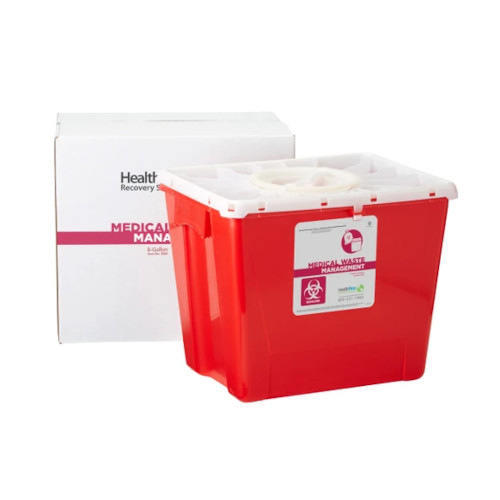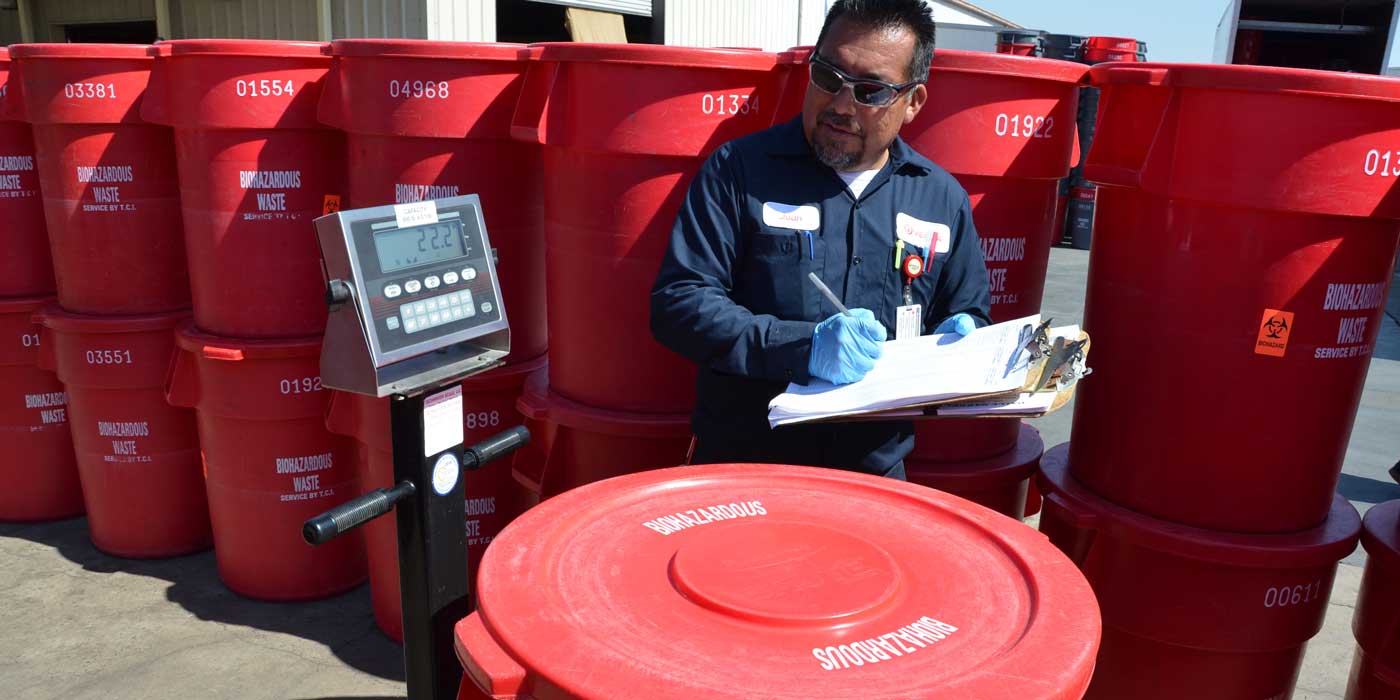Checking Out Various Waste Disposal Options for a Cleanser Environment
In the search of a cleaner setting, the administration of waste disposal has arised as a vital focal point for lasting advancement. With a wide range of waste disposal choices readily available, varying from standard garbage dump methods to cutting-edge waste-to-energy innovations, the option of how we manage our waste has significant implications for our world's wellness.
Recycling Methods
Implementing reliable recycling approaches is important in lessening waste and promoting sustainability in our setting. Recycling entails the process of converting waste materials right into recyclable challenge avoid unnecessary disposal. One of one of the most common recycling approaches is material recovery, where products like paper, plastic, metal, and glass are gathered, arranged, and processed to produce brand-new products. This procedure not just saves natural deposits yet also minimizes energy intake and greenhouse gas emissions connected with creating brand-new products from square one.
An additional essential recycling technique is composting, which entails breaking down organic waste like food scraps and lawn trimmings into nutrient-rich dirt. This procedure not just draws away organic waste from garbage dumps yet additionally produces an important source for horticulture and farming. In addition, upcycling is a creative recycling method that involves transforming old or discarded materials into products of higher quality or value. By integrating these different recycling methods right into our waste monitoring practices, we can substantially minimize our environmental footprint and relocate in the direction of an extra lasting future.

Composting Strategies
Efficient waste monitoring practices, such as recycling approaches, pave the means for a cleaner environment, and currently, changing the focus to 'Composting Techniques', we explore lasting methods to break down natural waste for ecological advantage. medical waste removal near me.
Composting is an all-natural process that transforms natural waste, like food scraps and yard trimmings, into a nutrient-rich dirt modification. The key to successful composting hinges on developing the best balance of environment-friendly materials, such as fruit and vegetable scraps, and brown materials, like dried out fallen leaves and twigs. These materials decay with the help of bacteria, damaging down the waste right into valuable compost.
There are numerous composting strategies readily available to suit different demands. Conventional backyard composting includes layering organic materials in a container or stack and routinely turning the mix to aerate it. Vermicomposting, on the other hand, makes use of worms to break down organic matter into compost (click here). For those with minimal space, indoor composting systems supply a hassle-free remedy. By using composting techniques, we can decrease the amount of waste sent to landfills while creating an advantageous item for enhancing dirt and sustaining plant growth.
Incineration Disadvantages and pros
Incineration, as a garbage disposal technique, presents both advantages and drawbacks that merit mindful factor to consider in the realm of lasting waste monitoring methods. On the silver lining, incineration can significantly minimize the quantity of waste, lessening the requirement for landfill space and possibly lowering greenhouse gas exhausts. Incineration additionally permits for the healing of energy via the generation of electrical energy or warm, adding to source healing. The procedure can be used to destroy hazardous substances, supplying a safe method for dealing with particular kinds of waste that may present threats to public wellness and the atmosphere if left untreated.
Furthermore, the high first financial investment and functional expenses of incineration centers present financial difficulties, making it a much less economical alternative contrasted useful source to other waste monitoring strategies. Mindful surveillance and guideline are essential to reduce these adverse effects and take full advantage of the benefits of incineration as part of a detailed waste monitoring method.
Garbage Dump Monitoring Methods
Landfills play a critical duty in waste management and environmental preservation by offering a containment system for the disposal of solid waste materials. Effective landfill administration strategies are important to reduce environmental impacts and guarantee the lasting sustainability of these waste disposal sites. One vital approach is correct waste compaction to make best use of using readily available room within the land fill (click here). By condensing the waste, the quantity is decreased, enabling even more waste to be suited with time.
In addition, the execution of everyday cover methods is vital in lessening odors, avoiding litter, and reducing the destination of parasites. Treatment the disposed waste at the end of every day assists to include odors and protect against possible ecological contamination. Furthermore, the monitoring of land fill gas discharges and leachate levels is important in making sure that ecological standards are fulfilled and that any kind of possible threats to bordering ecosystems are decreased.

Waste-to-Energy Technologies
One of the innovative methods to lose monitoring entails harnessing Waste-to-Energy innovations to transform solid waste into functional energy resources. Waste-to-Energy (WtE) modern technologies encompass a variety of processes that aim to draw out energy from waste materials with thermal, chemical, or organic ways. This conversion procedure not only decreases the volume of waste that finishes up in landfills yet likewise creates important energy sources such as electrical power, heat, or biofuels.
Incineration entails shedding waste at high temperatures to create warm and electricity. Gasification transforms waste right into a syngas, which can be used for power generation or chemical manufacturing.
Applying Waste-to-Energy innovations can aid reduce environmental issues related to standard waste disposal techniques while concurrently giving an eco-friendly power source. Nonetheless, cautious consideration needs to be provided to exhausts control and making sure the sustainability of feedstock supplies for these technologies to be absolutely helpful for a cleaner environment.

Verdict
Finally, checking out different garbage disposal options such as recycling, composting, incineration, garbage dump monitoring, and waste-to-energy modern technologies is important for promoting a cleaner atmosphere - click here. Each technique has its very own benefits and challenges, however by using a mix of these approaches, we can work towards lowering the quantity of waste that winds up in garbage dumps and inevitably add to an extra sustainable future for generations ahead
With a wide range of waste disposal choices offered, varying from typical landfill methods to cutting-edge waste-to-energy innovations, the option of exactly how we handle our waste has significant ramifications for our earth's wellness. medical waste removal service.Incineration, as a waste disposal technique, provides both benefits and downsides that warrant mindful factor to consider in the realm of lasting waste monitoring practices.Garbage dumps play an important function in waste management and environmental preservation by offering a containment system for the disposal of solid waste materials. By compacting the waste, the volume is decreased, enabling for more waste to be suited over time
One of the cutting-edge strategies to lose administration includes taking advantage of Waste-to-Energy innovations to convert strong waste right into usable energy sources.